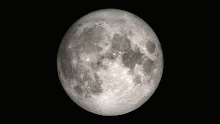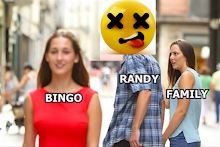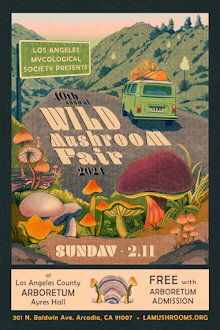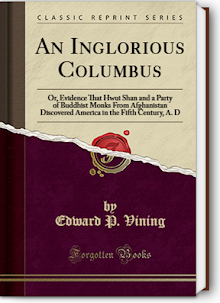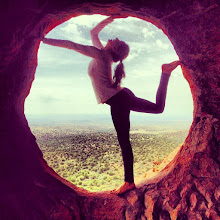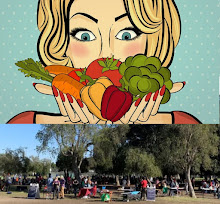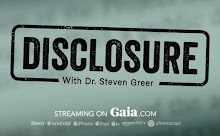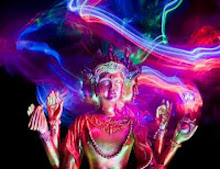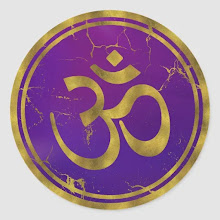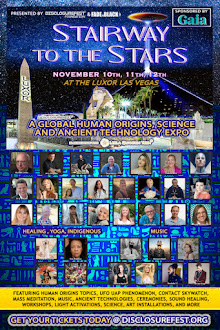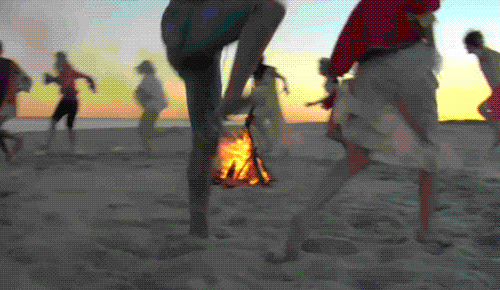

Trump says, 'We are going to run [their] country now' after removing Venezuela's president [and his wife through a violent coup d'état]
Special NPR ("National Jewish Radio," as David Sedaris calls it) Series: Venezuela and U.S. relations, updated Jan. 3, 2026, 12:01 PM ET by Washington Desk/NPR staff
 |
| Top secret missions of the CIA now in public |
[With no congressional oversight or approval, Fearless Leader (and Israeli blackmail victim over child sex crimes)] President Don our John Trump said the U.S. will run Venezuela [and drain it of oil] until a "proper transition can take place," as he defended Saturday morning's military strikes and swarm team reportedly using 150 aircraft to cover as special ops kill or kidnap capture or abduct President Nicolás Maduro and his wife.
(Reuters) Few right wing expats in Florida praise Trump for his coup
- NPR photo: U.S. President Donald Trump takes questions as he announced the creation of the "Trump-class" battleship during a statement to the media at Trump's Mar-a-Lago estate on Dec. 22, 2025, in Palm Beach, Florida (Tasos Katopodis/Getty Images).
.
 |
| Trump puts Pete Hegseth in charge after coup. |
 |
| I'll run this hemisphere and PM Bibi that one! |
Trump later told right win Fox & Friends that Maduro and his wife, Cilia Flores, were being brought by boat to New York where they [are to stand trial directed by Trump henchperson Pam Bondi]. More: Trump says US will ‘run' Venezuela until a safe transition is possible
- What are the [trumped up] charges against Venezuela's President Nicolás Maduro? | LAist
- Analysis: Trump’s threats bring war with Venezuela closer as contradictions and legal fears mount | CNN [CIA] Politics
- What are the [trumped up] charges against Venezuela's Pres. Nicolás Maduro? | LAist
South Park exposes Trump's egomania
(Really American) Parody is protected speech not, lawyers.
- Who is the dictator? (USA Today); AP [American Propaganda from the Associated Press]; NPR, Jan. 3, 2026; Pfc. Sandoval, Shauna Schwartz, Ashley Wells (eds.), Wisdom Quarterly






































.png)


























